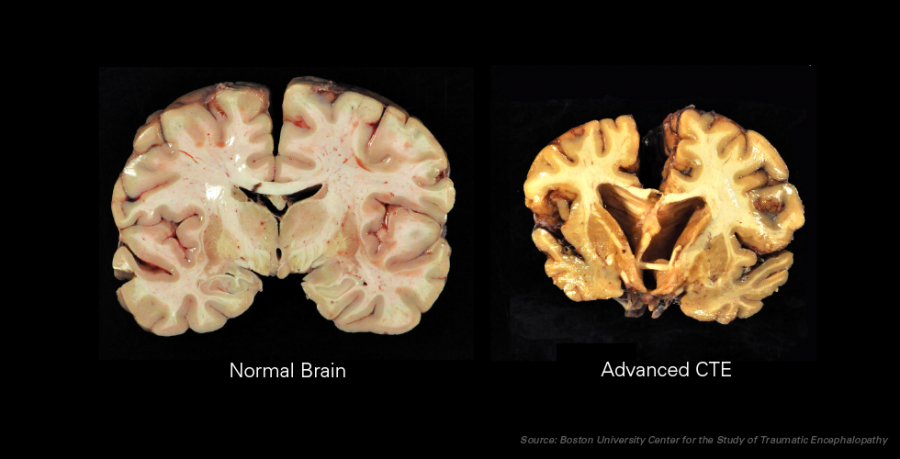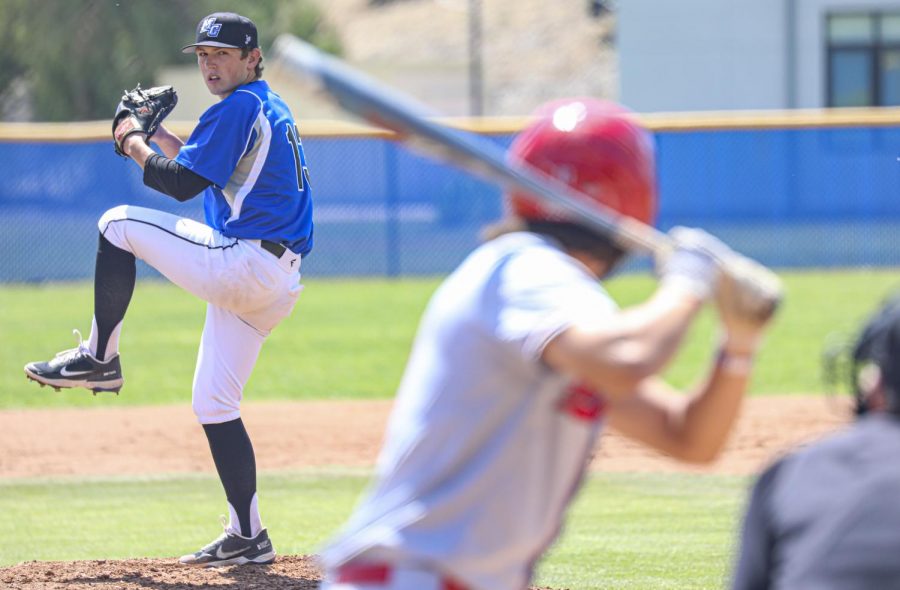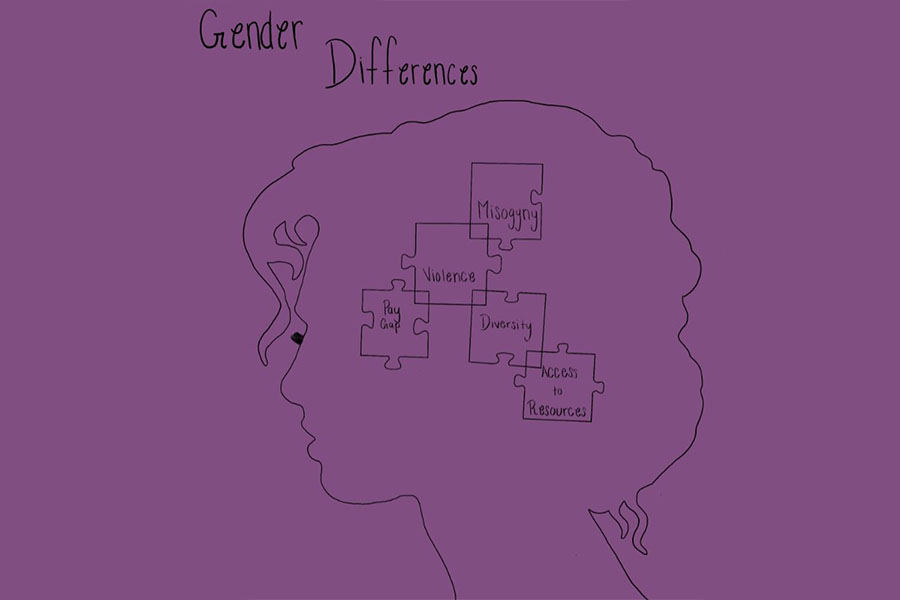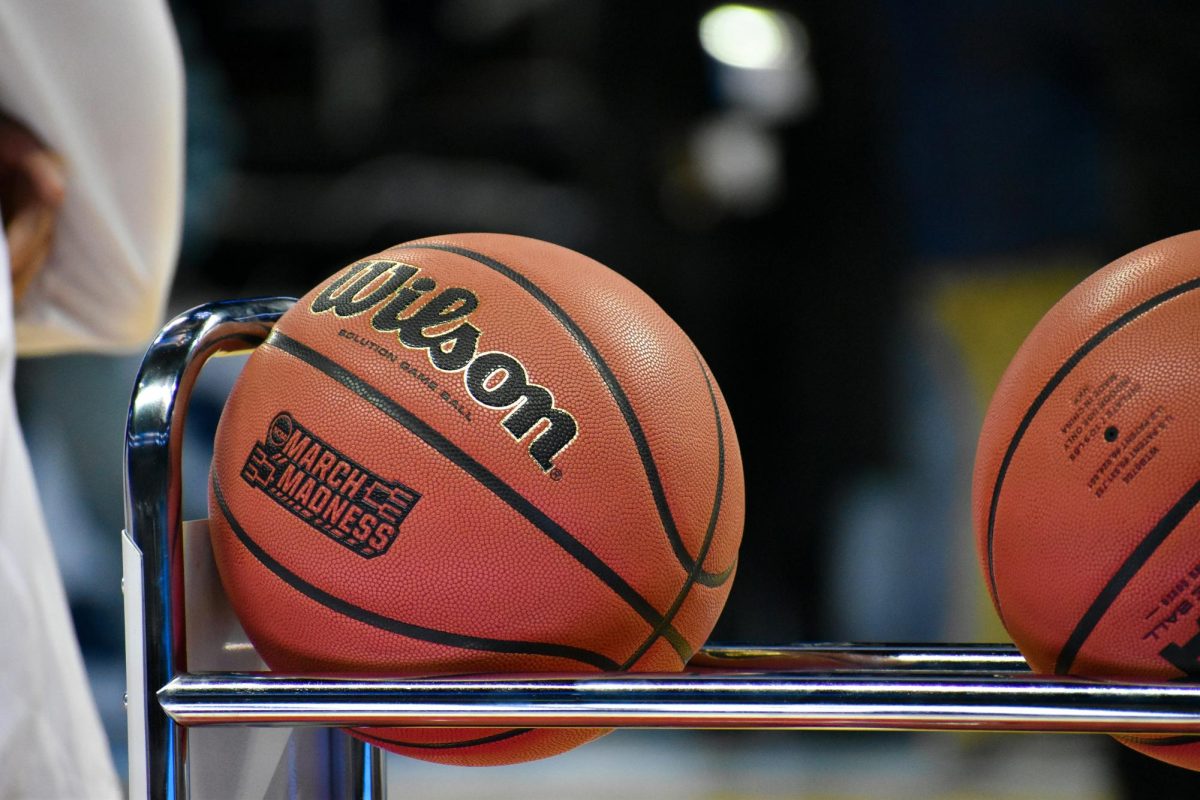I love football and have ever since I was a kid, watching games with my dad and brothers even way back when I was little. But as much as we enjoy seeing passionate plays and big hits, it isn’t worth the long term damage that it’s doing to the players.
Concerns about chronic traumatic encephalopathy (CTE), brain damage caused by repeated blows to the head, have been spreading nationally, leading to a decline in youth football participation.
The national governing body for amateur and youth football leagues, USA Football, determined that participation in youth football dropped roughly 30% from 2010 to 2015.
If this trend continues there will be very few players interested in the National Football League (NFL), and the college crop won’t be the best-of-the-best, they’ll just be what’s left. An NFL like that probably won’t be one worth watching.
The football community has to find a way to decrease head injuries and limit exposure to concussions or risk having football fade away.
A good start would be to eliminate full contact from football in youth leagues. The long term damage caused by contact among children isn’t fully understood, but concerns about it have already decreased the number of children participating in youth leagues.
Parents aren’t wrong to be concerned about the danger youth football can pose to their children. A study published in the Annals of Biomedical Engineering that was conducted on youth football players had troubling results regarding the severity of blows these kids receive to their heads.
Researchers focused on youth league players aged from 7 to 8 years old, monitoring impacts using equipment placed inside player helmets during each game and practice for an entire season.
A total of 748 impacts were collected from the players during the season, with an average of 107 impacts per player. The measured impacts ranged from 10 g to 100 g, with the concussion range being anything over 80 g. The majority of these high level impacts occurred during practices, with 29 of the 38 impacts above 40 g occurring in practices.
“In order to minimize these most severe head impacts,” the authors wrote, “youth football practices should be modified to eliminate high impact drills.”
Purdue University conducted a similar study also using equipment mounted in helmets, this time in high school players. In that study researchers measured players cognitive abilities before and after games and practice and found that the players with the most impaired skills were not from the group that had experienced concussions, but from the group which had experienced a large number of sub concussive hits, mostly in the 40 to 80 g range.
Repeated head injury, even on a sub concussive level, can still cause serious damage.
Even among high-school-aged athletes, concern about head injuries have been increasing.
In October 2010, 17-year-old Nathan Stiles died hours after having seizures on the sidelines during a high school football game where he took a hit to the head that would be the final straw in a series of of both concussive and sub-concussive blows.
Stiles was diagnosed with CTE, making him the youngest reported CTE case to date.
Eliminating contact altogether from high school football might be a good idea, but would pretty much end the sport. It would be difficult to have any kind of college football program if your players had never played with contact before. But measures should still be taken to make high school football safer. Rule changes and different training methods as well as using equipment developed to monitor head impacts are all great ways to keep kids safe, all of which are being done at different levels around the country.
But younger players in youth leagues don’t always have access to professional coaching and high-tech equipment. Just because the players are younger and smaller, doesn’t mean they can’t cause each other serious damage.
The truth is, we don’t know exactly what kind of damage is being done at that age. CTE can only be diagnosed during an autopsy and can take years to develop, who knows how many undiagnosed cases there are playing in youth leagues today. If we don’t want more of them to end up brain damaged or dead, we need to eliminate contact for those young players.
This isn’t just about some cuts and bruises, or even broken bones. Those things can heal. Youth football could be causing these young players permanent brain damage.













